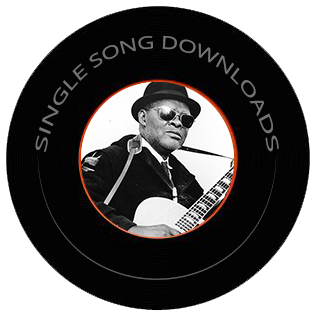
Devil's Dream
Level: 2
Tuning: Standard
Rev. Davis taught us all how to play in F, an unusual but, it turns out, very happy key for fingerpickers. He had many brilliant songs, sacred and secular in this key. This is another instance of a confluence with Merle Travis, who was also adept in the key of F. Great minds truly do think alike. By using his left thumb to cover to low F base, first fret, low E string, he sets up octave bases with the third fret, D string.
This song is in three parts. Part A is the improvised "bugle-call" motif worked out of the D form F, fifth fret. He uses his little finger to play the eighth fret, high E string off and on, and easily creates the I III V bugle-sounding patterns. He will alternate between this F chord and the G form C7 on the same, the fifth, fret. Part A works out of the first position F and C7 chords. He keeps the base steadily alternating between the two F notes, fourth and sixth strings. To play this F chord, he covers the first frets of the three high strings. This enables him to hammer from the first fret to the second, third string. This is the often used minor to major third riff. Adding his little finger to the second string, third fret enables him to easily play the sixth. Like most of Rev. Davis' fingering, the style is very economical and the notes fall easily to hand.
I have learned over the years that if you are working too hard and your fingering is awkward, you are doing something wrong. The first three bars of this eight bar section play the melody in the F chord, and the fourth moves to the C7. He plays the low G base in the C7 chord by moving his left thumb from the first fret (for the F) to the third for the C7. Bars five and six return to the F while seven and eight consist of one of various runs moving through F to C7 to resolve on the F. Part B is the minor part, where the relative, the D minor, becomes the I and A7 the V. This is also eight bars and it alternates between the I and V. Here he often using his syncopated thumb-finger thumb-thumb-finger-finger-thumb roll. He uses the last two bars to repeat the runs he used to resolve part one, bringing the song back to the major key of F.
